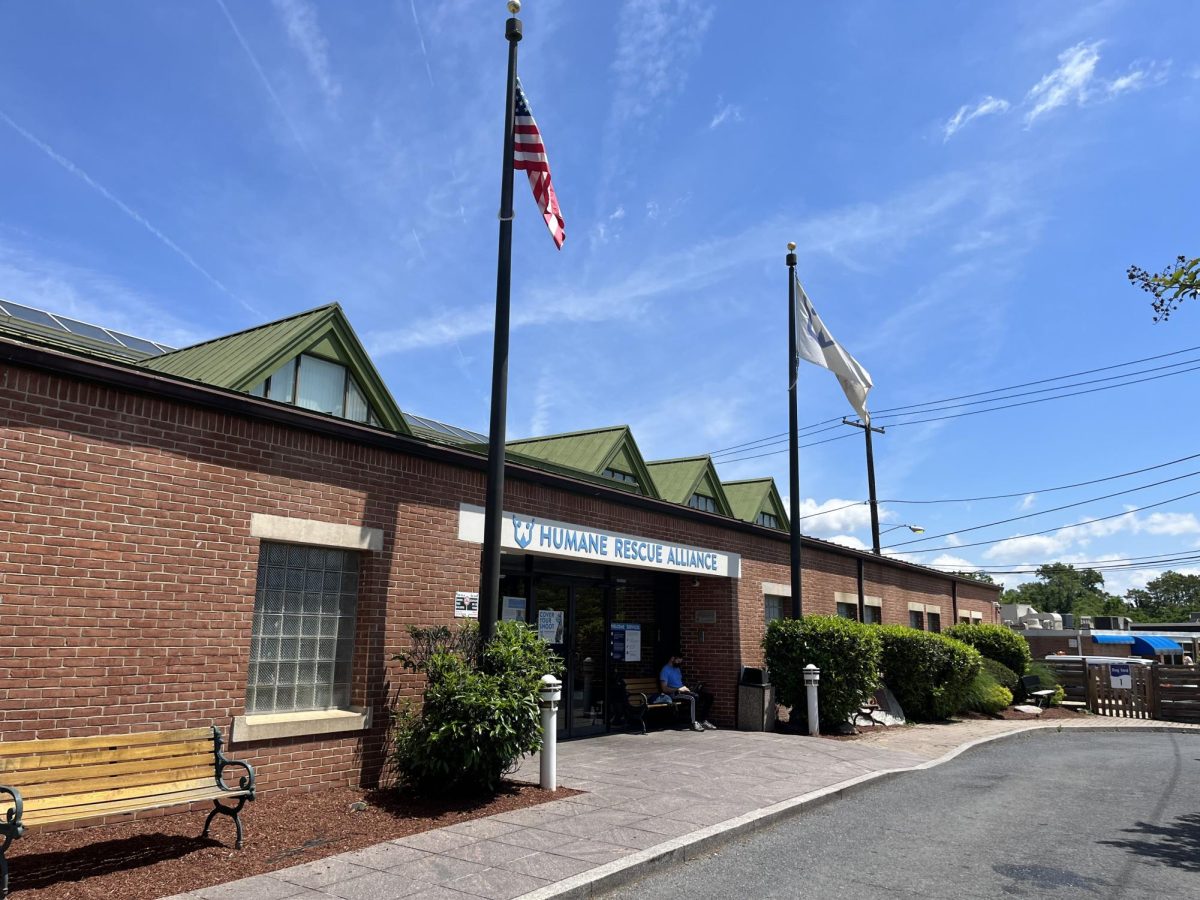Charles Nailen/The Hoya Dean and Executive Vice President of the Law Center Judith Areen chronicles the history of women at Georgetown University.
Dean and Executive Vice President of the Law Center Judith Areen delivered a presentation in honor of Women’s History Month onday afternoon in Riggs Library. Areen chronicled the history of women at Georgetown, noting important “firsts” by women in education and then briefly discussing the present gender equality situation at the university.
“Georgetown is more of a leader in women’s education than I had previously thought,” Areen said after presenting a slide show that offered research from university archives on women’s education at Georgetown.
Areen noted that women enrolled in Georgetown long before other prominent East Coast universities, beginning in 1880 when two women entered the Medical School. In 1903, the Nursing School began, and all seven students were women.
“As I looked over all this research, I asked myself, `why is it that Georgetown opened its doors to women long before other prestigious east coast schools did?'”
In 1919, the School of Foreign Service opened, enrolling 150 men and offering “special student” status to 25 women. In 1944, the women were given regular status in the school, and the first BSFS was conferred upon a woman in 1946.
In 1948, Georgetown gave the first Ph.D. to a woman, and the first female law student enrolled at the Law Center three years later.
Areen said that Georgetown fell behind other law schools and was one of the last schools to open up law school admissions to women.
Areen read a headline from a 1969 issue of THE HOYA, which announced the decision of the admission of women into the College, the last school to integrate women: “Tradition Crumbles, College Adds Women.” Following the full integration of women into all schools, Copley Hall was designated the first co-ed residence hall in 1969.
Former Provost Dorothy Brown (GRD ’59, ’62), who served as Provost from 1999 until 2002, reflected upon the decision to admit women into the college.
“At that time, we needed more money. We had the library project in construction and we thought that we would increase women’s enrollment gradually, but we were deluged by applications from women,” she said. “These applicants were very bright; statistically, they were brighter than the men who applied.”
Areen said that by 1976, over half of all undergraduate students were women.
“Today, 52 percent of all undergraduates are women,” she said, presenting a breakdown of students by gender within each school – 38 percent in the McDonough School of Business, 50 percent in the School of Foreign Service, 55 percent in the College and 89 percent in the School of Nursing and Health Studies.
Graduate programs are equally integrated, with women representing 53 percent of students in the School of Medicine, 50 percent in the Graduate School of Arts and Sciences, 51 percent in the Law Center and 49 percent in the McDonough School of Business.
“Change is still very much in progress, and I hope that in one decade, women will be such a part of the academic and administrative framework here that it will seem peculiar to focus on gender. But we’re not quite there yet,” Areen said. “We’ve made progress, and there’s more to be done. We need to help women after they’ve left Georgetown and enter the real world because often times others are less willing to welcome women into the ranks.”
Brown, who addressed the capacity crowd of 50 after Areen’s presentation, reflected upon her experience as a Georgetown “token woman” in 1966 and throughout her career at the university, until her appointment as the first female provost in 1999. “We’ve come a long way,” she said.







